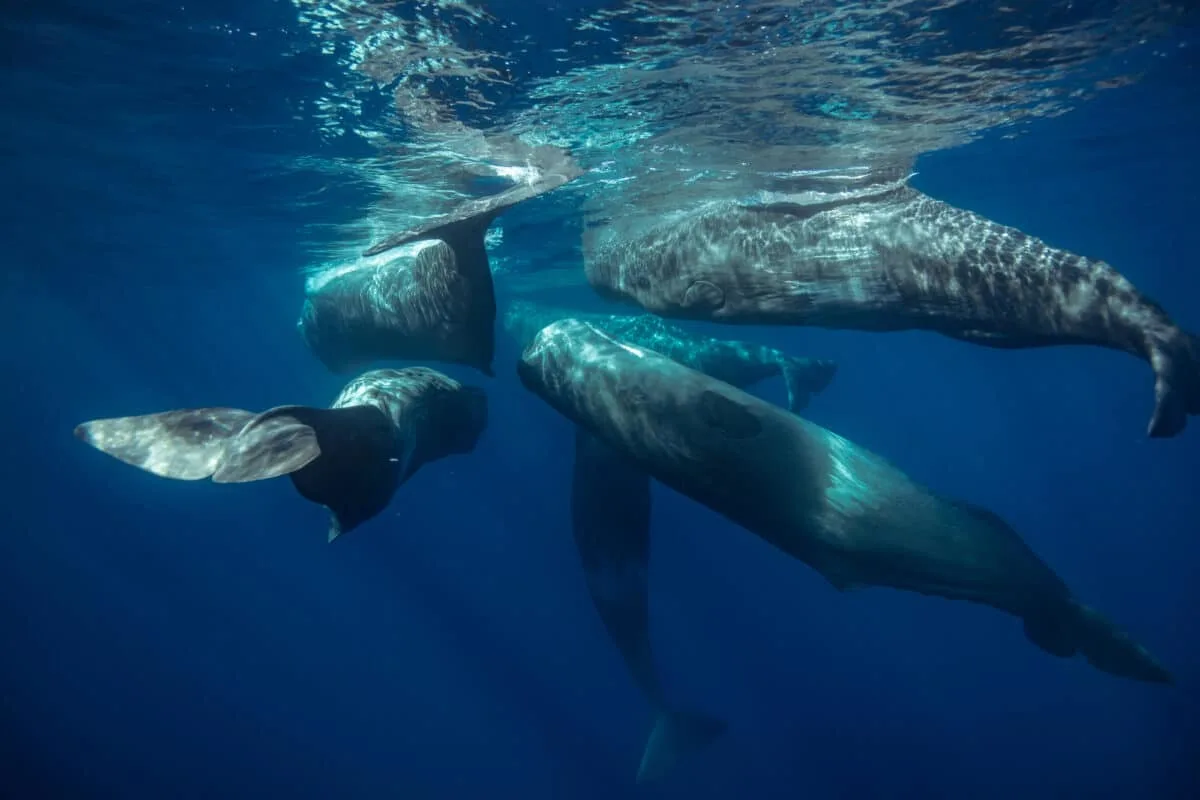Have you ever wondered what would happen in an epic underwater face-off between a giant squid and a sperm whale?
Though rarely sighted by human eyes, these two giants of the ocean go head-to-head every day at depths below 1000 feet – and the outcome can be fascinating for onlookers!
Read on to learn about this weird and wonderful battle between nature’s most remarkable marine creatures.
Jump ahead to any section below!
Comparison Table
| Giant Squid | Sperm Whale | |
| Size | Up to 43 feet long | Up to 67 feet long |
| Weight | Up to a small car | Around 57,000 pounds |
| Physical Description | Large cephalopod with tentacles | Distinctive square head, slender body |
| Hunting | Uses tentacles and sharp hooks | Captures prey using powerful jaw |
| Diet | Mainly squid | Squid and other small fish/crustaceans |
| Habitat | Deep-sea, depths of up to 3000 feet | Deep-sea, dives over 7,000 feet |
| Behavior | Solitary, potential predator | Generally gentle, not aggressive |
| Unique Abilities | Regenerates lost limbs, bioluminescence | Echolocation, long dives, large brain |
| Battle Strategies | Uses speed, agility, and tentacles | Rams with the jaw, use teeth to bite |
Brief Description
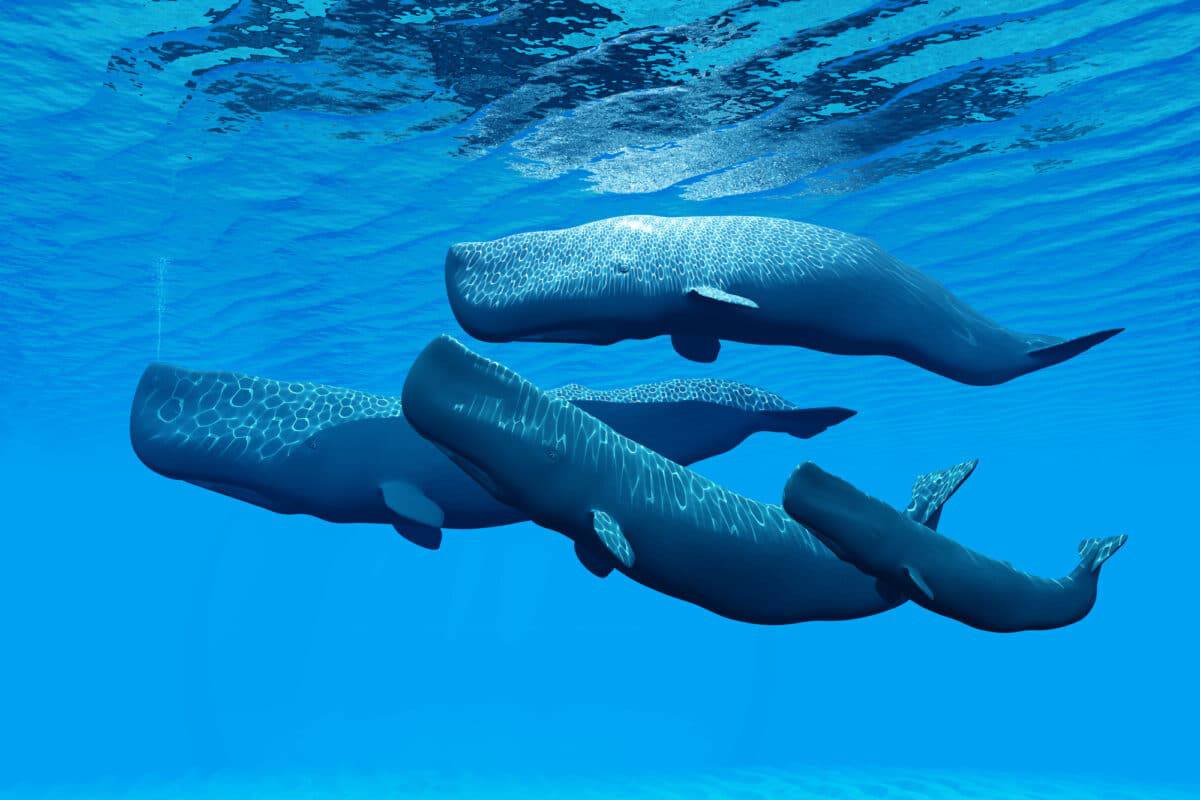
A giant squid is a cephalopod that can grow up to 43 feet long and weigh as much as a small car. They’re known for their impressive tentacles containing suction cups and sharp hooks to trap prey.
In contrast, the sperm whale stands as the largest carnivorous hunter on the planet, boasting a remarkable length of up to 60 feet and an approximate weight of 57,000 pounds. Their diet consists mainly of squid, making them a natural enemy of the giant squid.
Importance Of Understanding This Battle
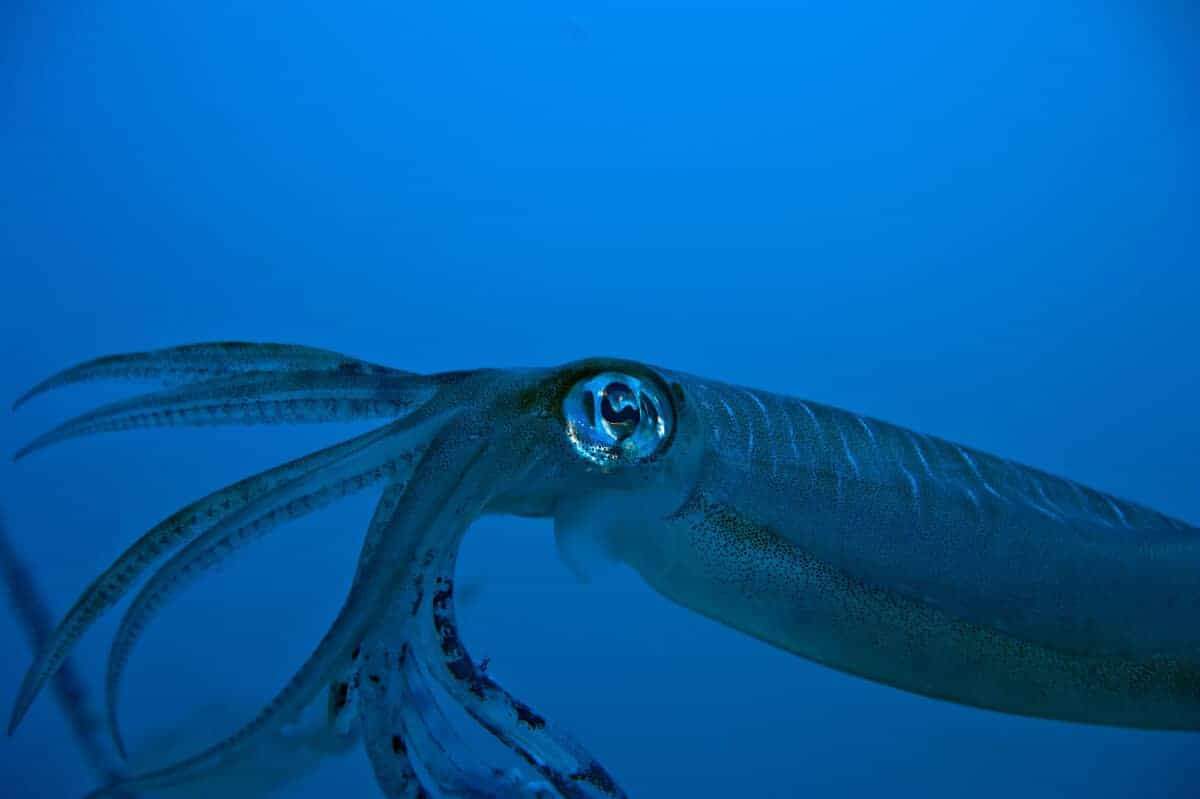
First and foremost, it’s a reminder of just how diverse and fascinating the ocean world is. It’s also a prime example of how nature balances itself out – each species has unique adaptations and strengths, and these battles ultimately keep the ecosystem in check.
The Ultimate Face-Off
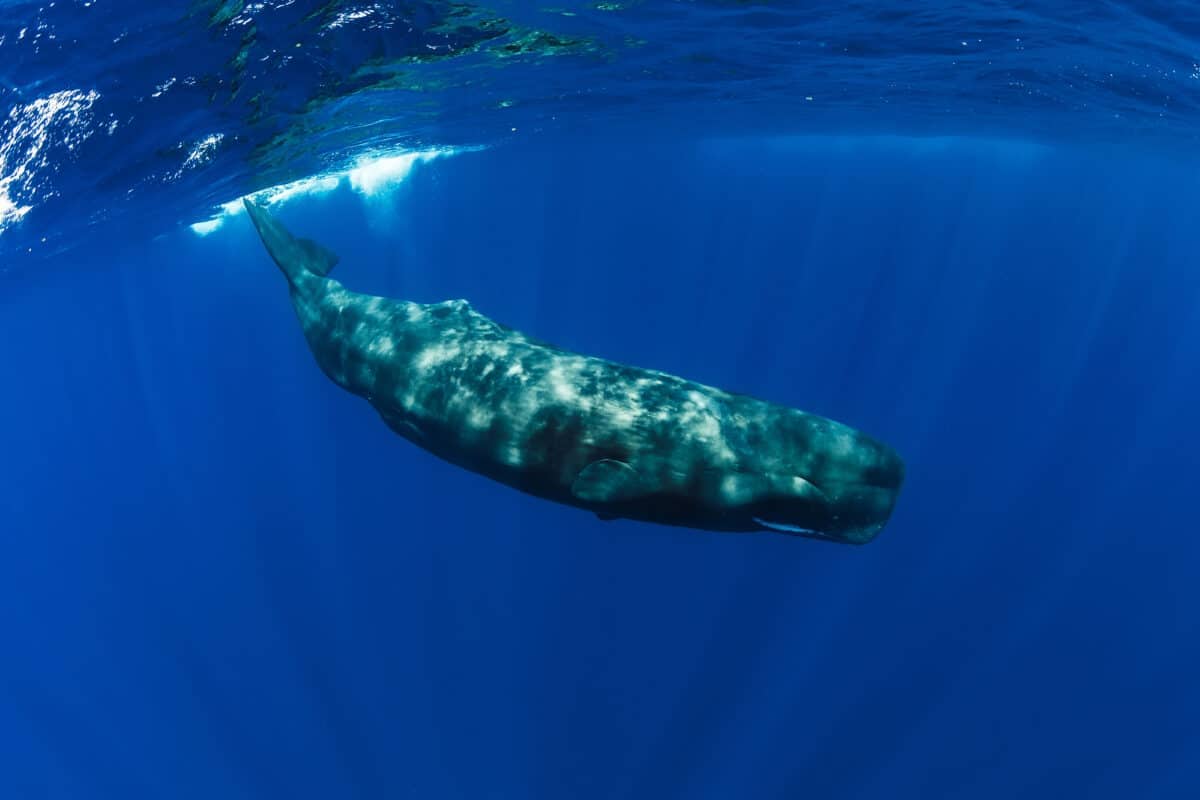
As for the face-off itself, it’s a thrilling spectacle to behold. When a sperm whale spots a giant squid, it will dive down to attack it. The squid, however, isn’t a passive victim – it will fight back with its tentacles and ink, making for a tense and uncertain match.
The outcome ultimately depends on the size and strength of both animals and their fighting techniques. Unfortunately for the giant squid, they usually come out as the losing side due to the sheer size and power of the sperm whale.
Check out: Witness the Wolverine’s Clash with a Wolf.
The Giant Squid
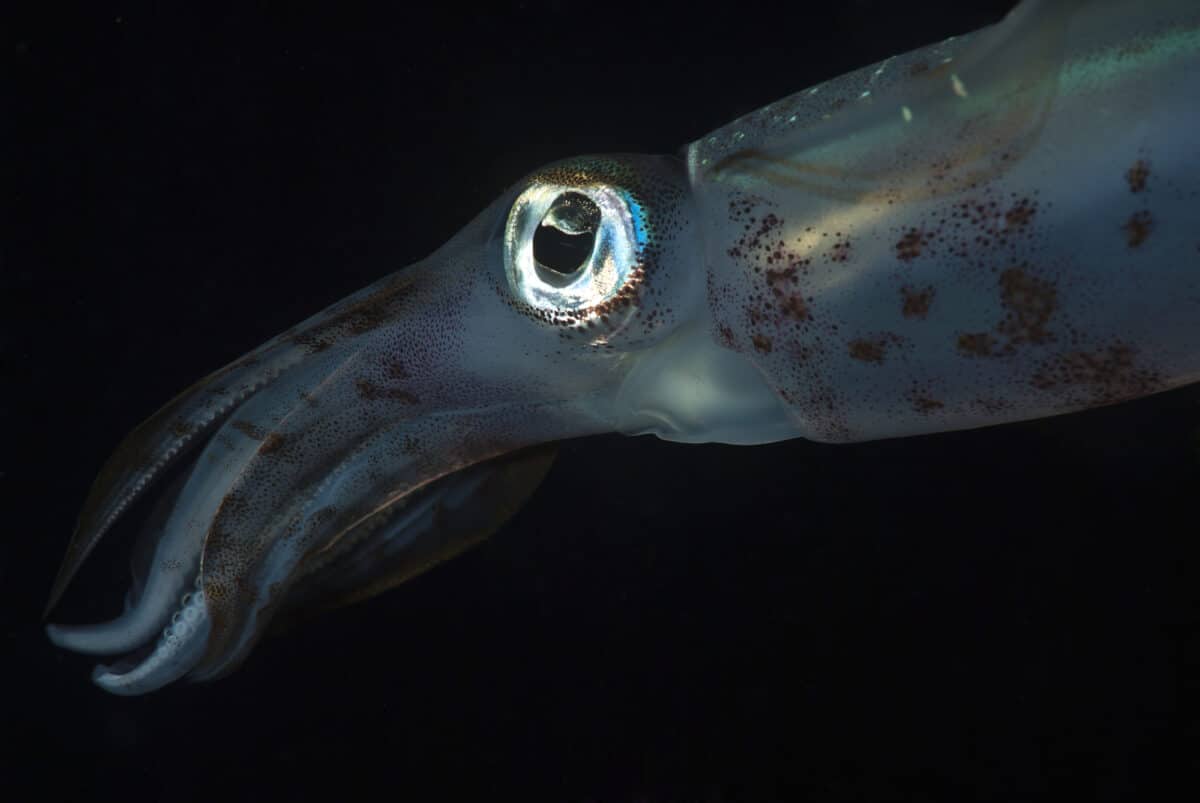
Welcome to our close-up examination of the fascinating and mysterious giant squid, one of the most elusive creatures in the ocean. From their physical attributes to their habitat and feeding habits, we’ll explore all aspects of this incredible animal, leaving you amazed by its unique abilities.
Physical Description
The physical description of this giant cephalopod is nothing short of impressive. Scientifically referred to as Architeuthis dux, the colossal squid possesses the ability to grow up to 43 feet long, establishing itself as the most massive invertebrate on the planet.
With its remarkable ocular organs measuring up to 10 inches in diameter, this creature is equipped to navigate and perceive its surroundings in the obscure abyss of its deep-sea habitat. The giant squid also possesses eight arms, each lined with suckers and two long tentacles that can reach up to twice its body length. Its body is covered in reddish-brown skin, and it is thought to have the ability to change its color and pattern to blend into its surroundings.
Habitat And Behavior
The giant squid’s deep-sea habitat makes it such a difficult creature to study. They live at depths of up to 3000 feet but are most commonly found between 1000 and 2000 feet.
These depths are difficult to access for humans, and the pressure and low temperatures of the environment make it inhospitable for most life forms.
In terms of behavior, the giant squid is a solitary animal rarely seen interacting with others of its species. It is thought that their large size and ferocity make them a potential predator of other deep-sea inhabitants.
Check out: Discovering Georgia’s Fascinating Alligator Population.
Eating Habits
This creature has a voracious appetite, and its diet consists mainly of small to medium-sized fish and other cephalopods. It uses its sharp, powerful beak to tear apart its prey before consuming it whole.
Researchers have found evidence in the stomach contents of giant squid that they also consume crustaceans and even other giant squids. Despite their size, they are agile predators and use their tentacles to reach out and grab prey while maintaining a safe distance from potential attackers.
Unique Abilities
In addition to its impressive size and ferocious appetite, the giant squid also possesses unique abilities that make it a true marvel of evolution. One such ability is its ability to regenerate lost limbs, a skill shared with other octopuses and squid species. Another is its use of bioluminescence to attract prey and retain camouflage in the deep sea.
Sizing Up The Sperm Whale
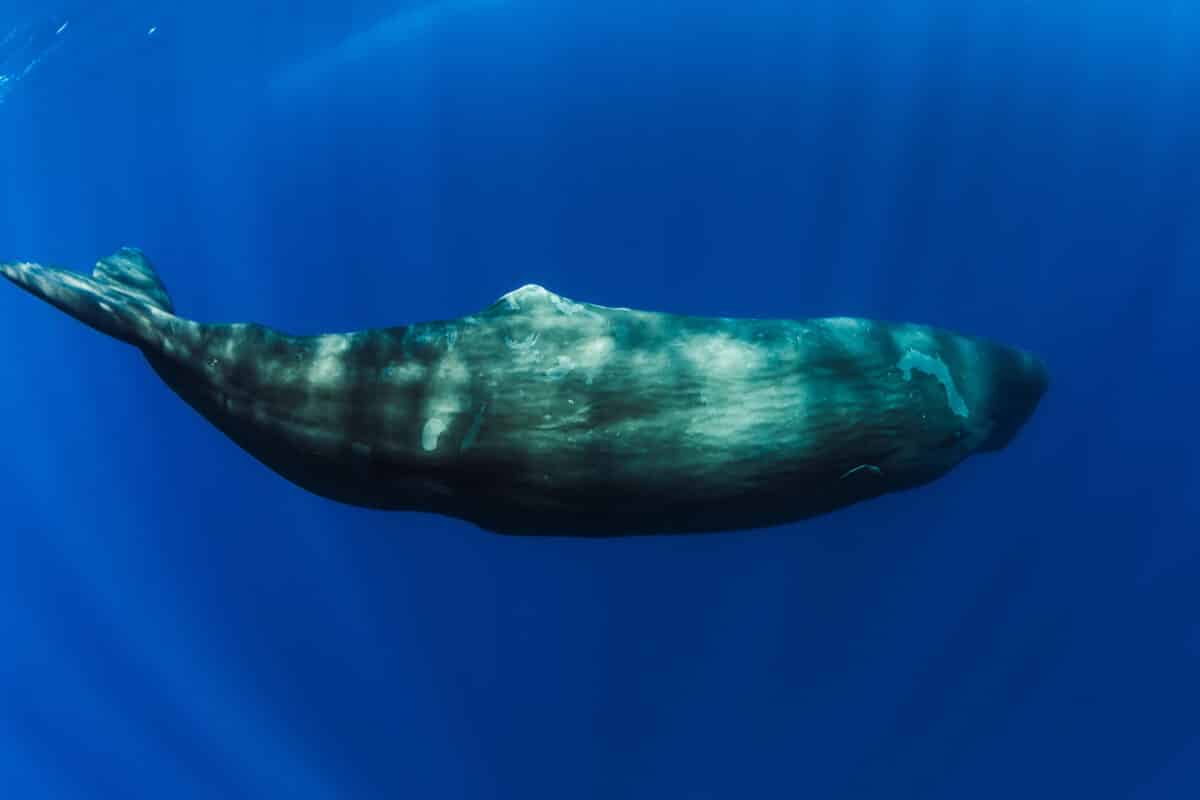
If you’re in search of the largest toothed whale on the planet, there’s no need to search beyond the remarkable sperm whale. These majestic creatures can grow to an impressive 67 feet – almost as long as a basketball court! But their size isn’t the only remarkable thing about them. Take a deep dive into the world of sperm whales with this informative guide.
Physical Description
Sperm whales are easily recognizable thanks to their distinctive shape, which includes a massive square head and a slender body. Their skin is typically dark grey or brown, with wrinkled skin on their head and an oddly shaped jawline. Sperm whales also have the largest brain of any animal, weighing around 17 pounds.
Habitat and Behavior
Sperm whales can be found in every ocean worldwide, although they tend to prefer deeper waters. They are known to dive down to depths of over 7,000 feet, making them one of the deepest diving mammals on the planet. Despite their massive size, sperm whales are gentle giants and are generally not aggressive toward humans. Many people have had the privilege of swimming with these majestic creatures.
Feeding Habits
Sperm whales primarily feed on squid, but they have also been known to eat other small fish and crustaceans. Their unique hunting technique involves diving deep into the ocean to locate prey before returning to the surface to breathe. Once they spot their game, they use their powerful jaw to capture it and swallow it whole. Sperm whales can eat up to 3% of their body weight daily!
Unique Abilities
One of the most fascinating things about sperm whales is their echolocation ability. They use a series of clicks and whistles to navigate the ocean’s dark depths and locate their prey. Their clicks can be so loud that they can stun their target, making capturing it easier. Sperm whales can also hold their breath for up to 90 minutes, thanks to their large oxygen supply and the ability to store oxygen in their muscles.
Learn more: How Did the Sperm Whale Get Its Name?
Head-to-Head: The Deep-Sea Duel
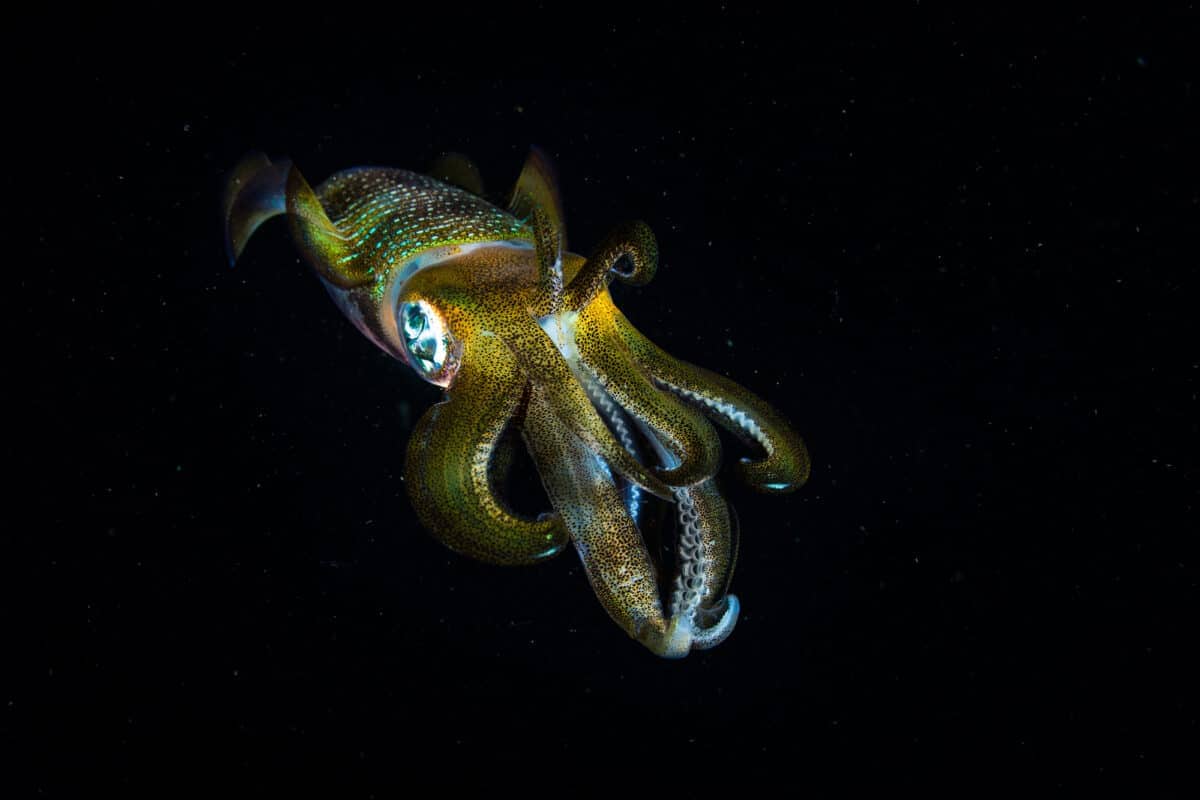
Have you ever wondered about the epic underwater battle between a giant squid and a sperm whale? Well, wonder no more! These two remarkable marine creatures go head-to-head every day at depths below 1000 feet, creating a fascinating and awe-inspiring spectacle. So, buckle up and get ready to learn more about this incredible natural phenomenon.
Setting The Stage: Depths Below 1000 Feet
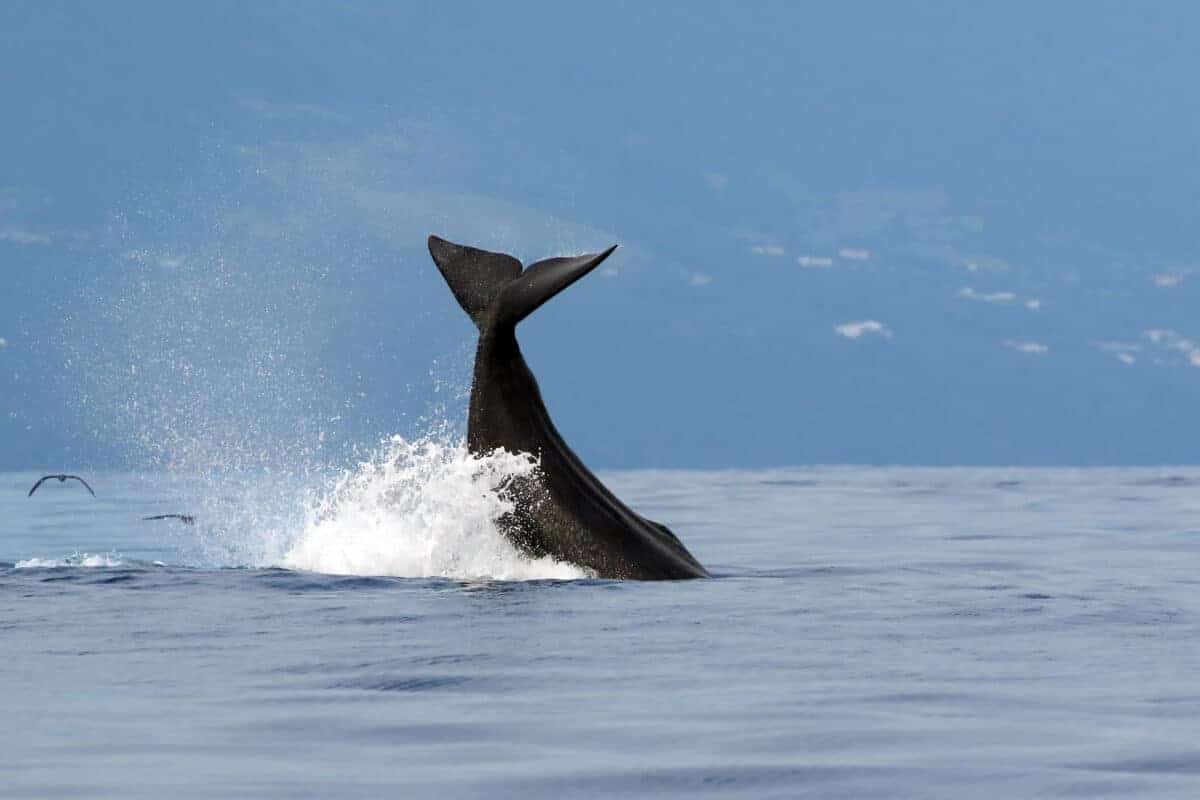
The deep sea is a world of darkness, mystery, and wonder. Light becomes scarce at depths below 1000 feet, and the temperatures drop to near-freezing levels. This is where the giant squid and the sperm whale call home, where their epic face-off takes place. These depths are also where the pressure is immense, making it challenging for humans to survive without specialized equipment. Only experienced deep-sea divers and researchers can witness this incredible battle.
The Battle Begins: How They Engage Each Other
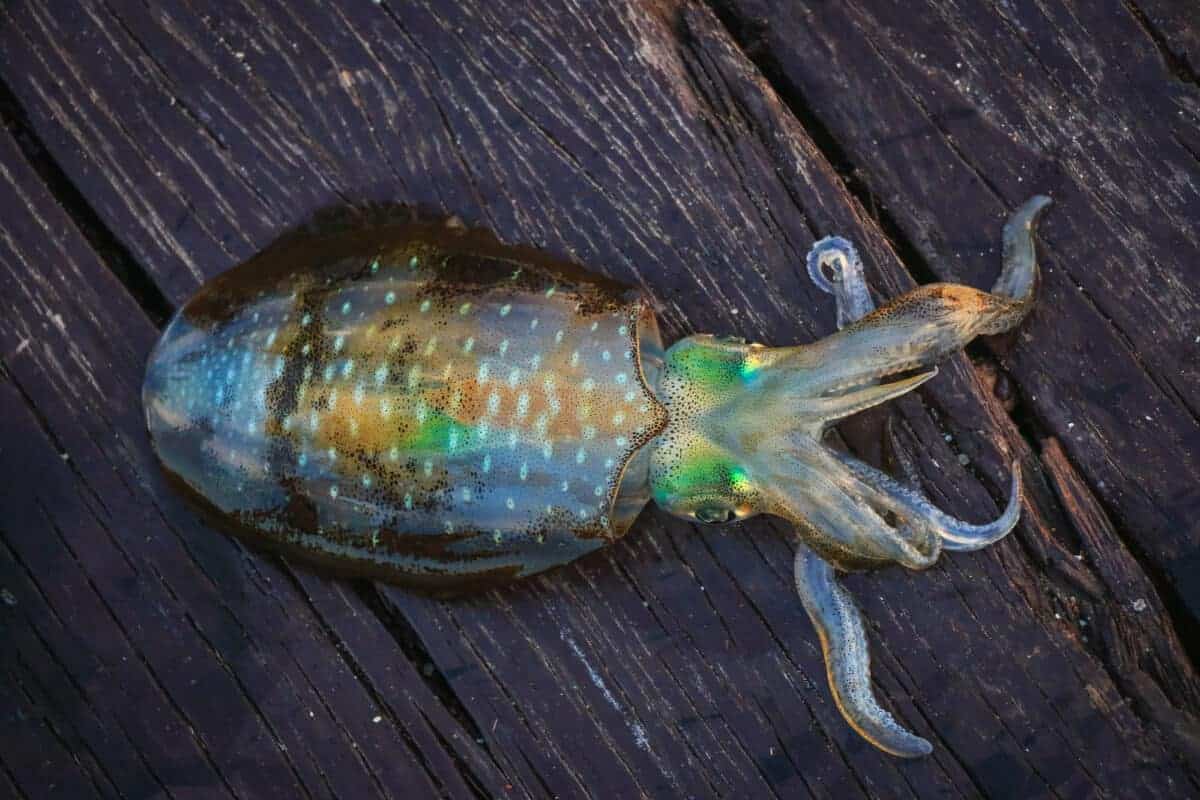
The giant squid and sperm whale are formidable creatures with unique strengths and abilities. The combat between these titans typically starts when the sperm whale uses its echolocation to detect its opponent. In response, the giant squid deploys incredible speed and agility, swimming in zigzag patterns to deter its enemy. The sperm whale then uses its massive size and strength to ram the squid with its jaw, seeking to stun or kill its prey.
Strategies Employed By Each Creature
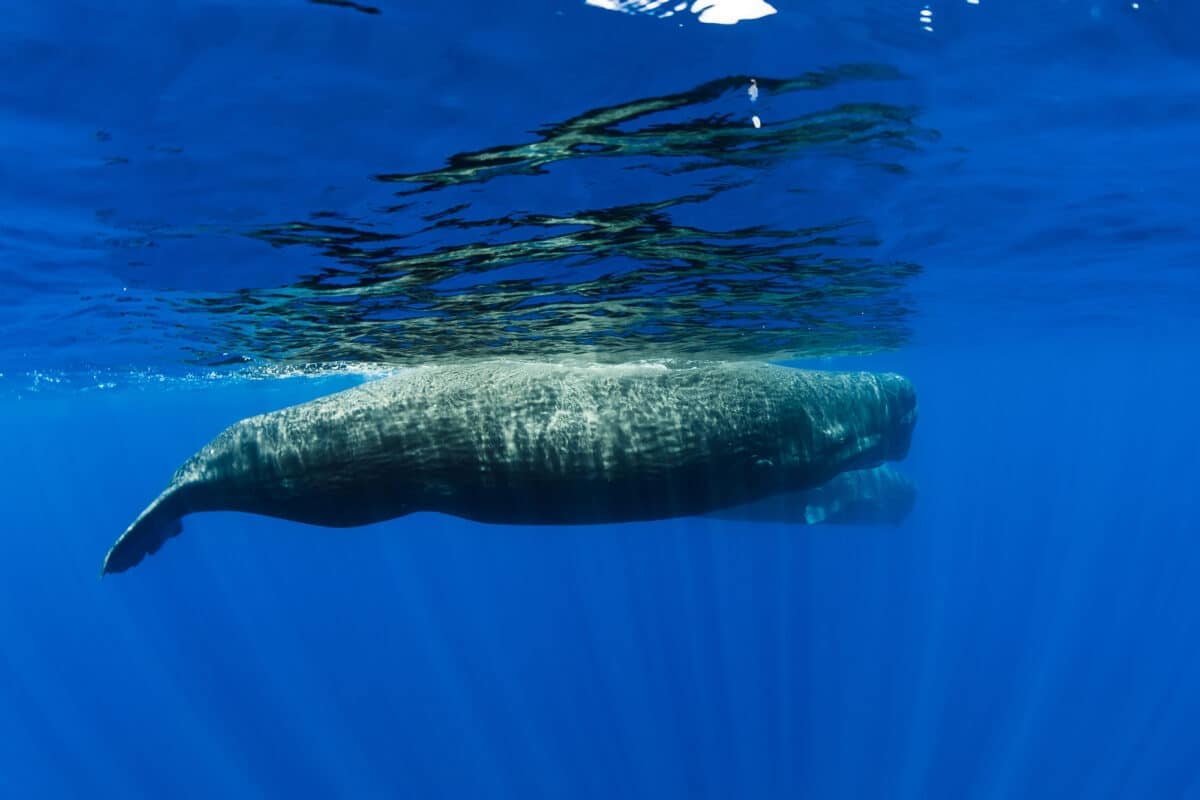
Both the squid and the whale employ unique tactics in their face-off. The giant squid, for instance, uses its remarkable speed and agility to evade the whale’s advances. It also deploys its long tentacles to entangle and trap the whale’s jaw, using razor-sharp suckers to inflict injuries. The sperm whale, on the other hand, uses its superior size and strength to ram the squid with its jaw. It also uses its long teeth to bite and maim the squid, rendering it unconscious or dead.
The Outcome
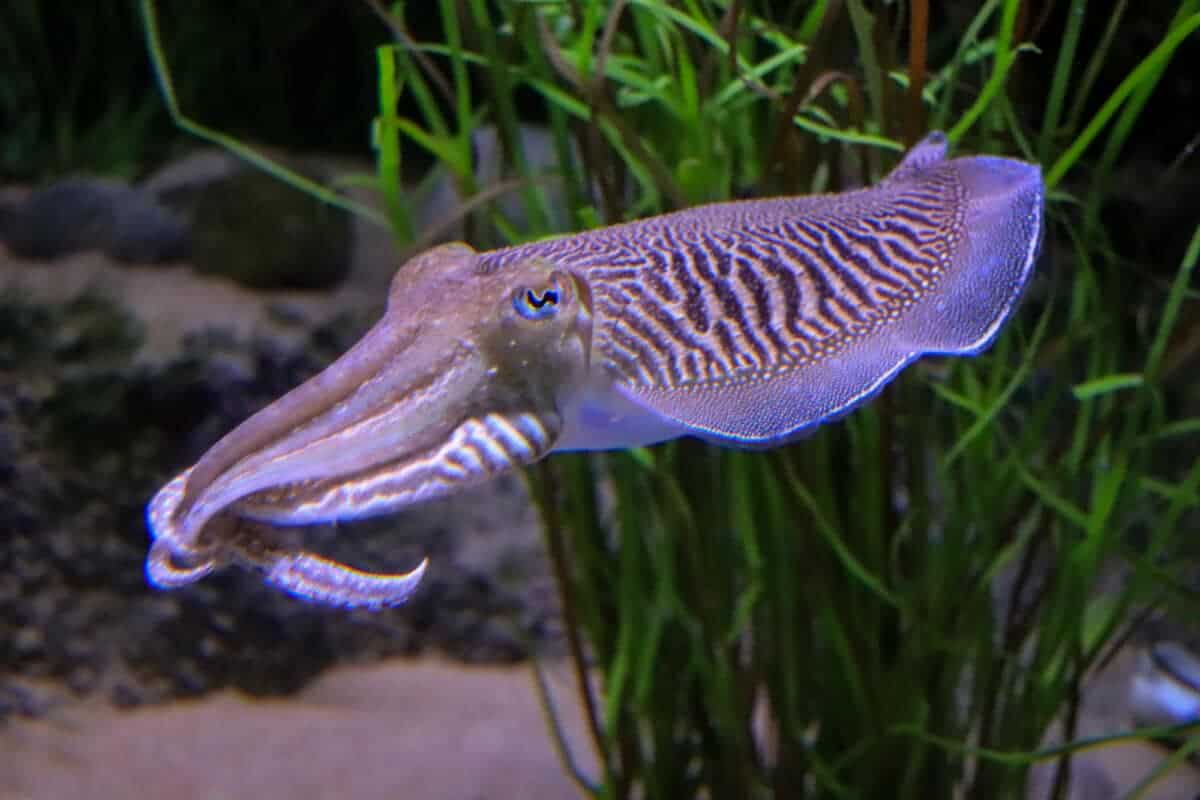
The outcome of the giant squid vs. sperm whale battle is unpredictable and often ends in a stalemate. The whale sometimes prevails, using its size and strength to overpower the squid. In other instances, the squid wins, using its incredible speed and agility to evade the whale’s attacks. However, in most battles, neither creature emerges victorious, and they eventually part ways, unscathed but hungry for their next meal.
How This Knowledge Can Contribute To Understanding The Ocean And Its Inhabitants
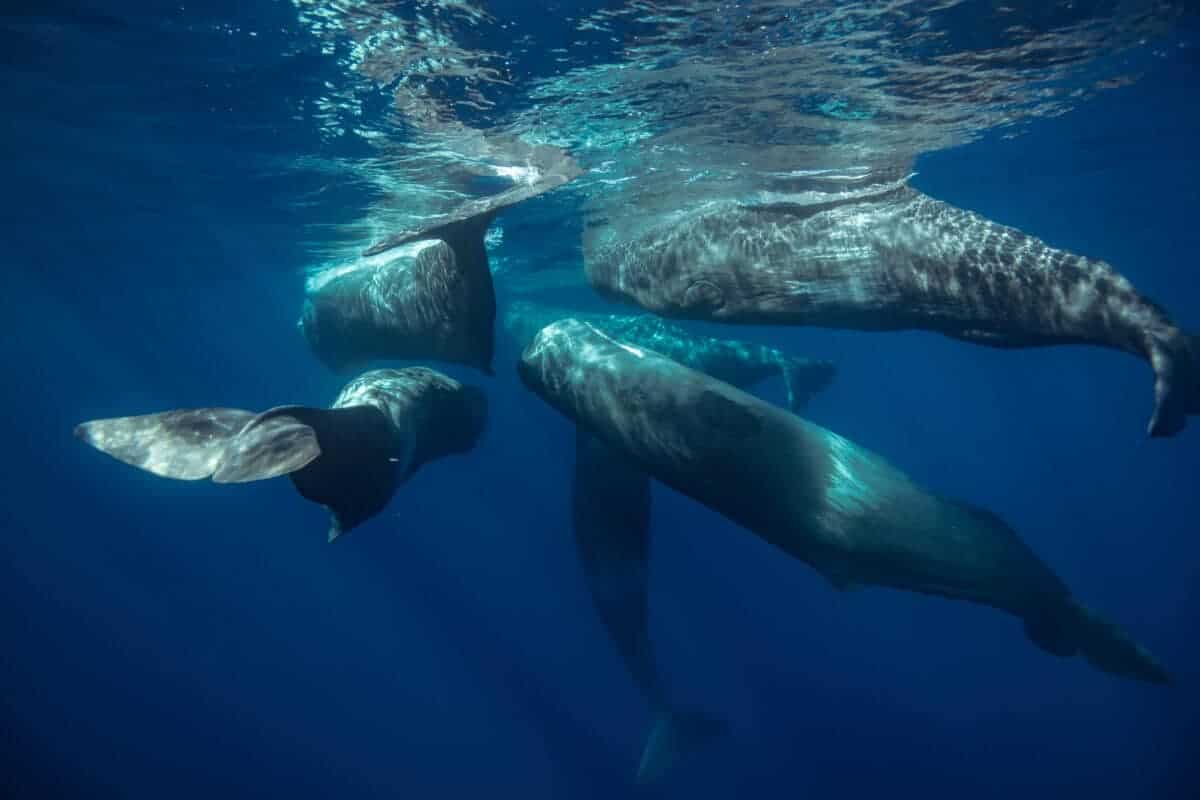
Studying the interaction between a giant squid and a sperm whale can contribute to a better understanding of marine ecosystems. Here are some ways in which knowledge of this battle can be beneficial:
Ecological Balance
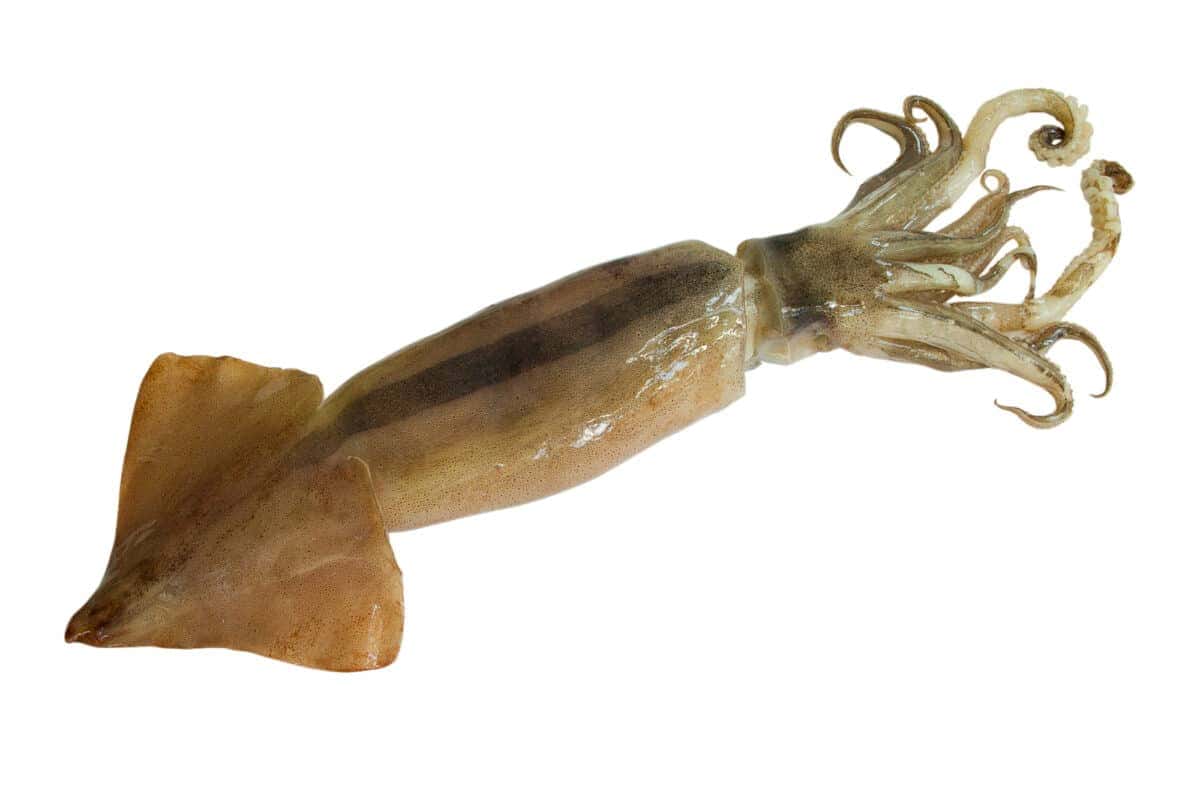
Sperm whales feed on squid and other creatures found in the deep ocean, and their presence can help keep populations of these animals in check. Understanding the dynamics of this predator-prey relationship can help manage these populations and maintain a healthy balance in the ecosystem.
Marine Conservation
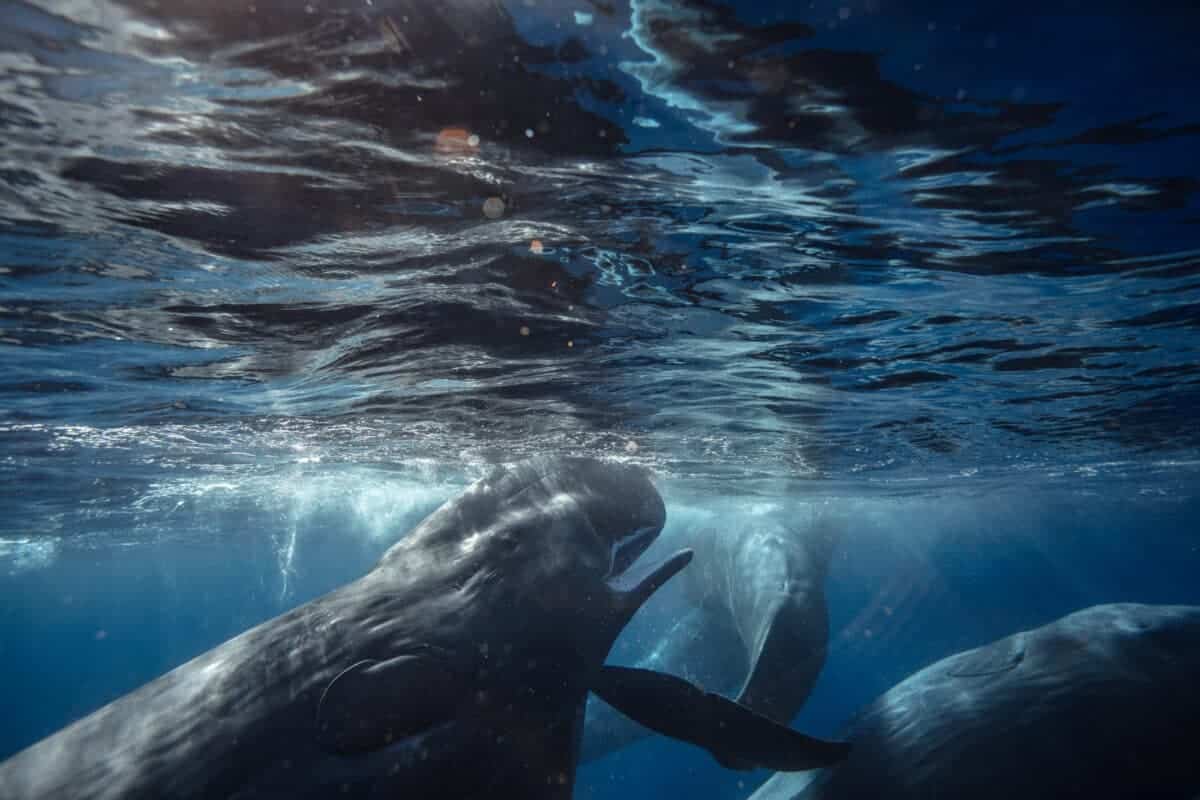
With so much still unknown about giant squids, research on their behavior and population can help conserve these elusive creatures. Monitoring the interactions between sperm whales and giant squids can also help identify potential threats to both species and protect them.
Advancements In Technology
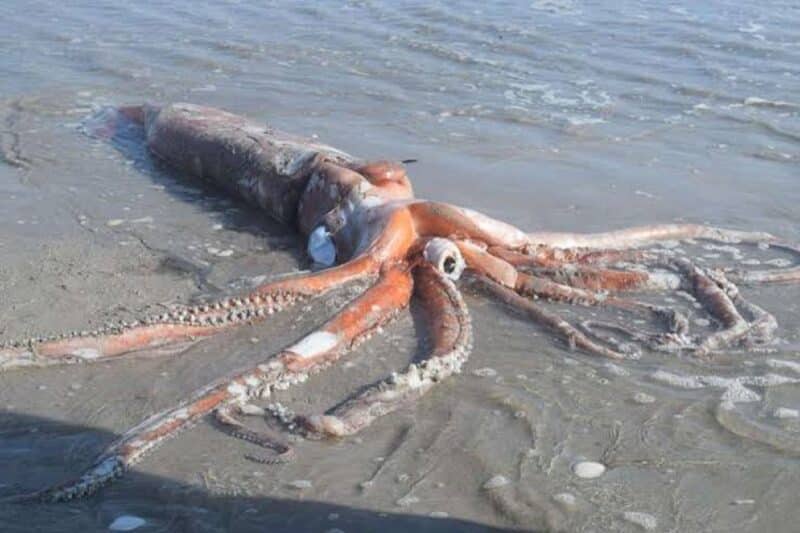
Learning more about the behavior and ecology of sperm whales and giant squids can inform the development of new technologies, such as underwater cameras, deep-sea vehicles, and mapping tools. These advancements can help us explore new depths of the ocean and uncover further information about its inhabitants.
Key Points
| The giant squid and sperm whale engage in thrilling face-offs at depths below 1000 feet, creating a fascinating spectacle in the ocean’s depths. |
| Both creatures possess remarkable abilities and strengths. The giant squid uses its tentacles and ink to fight back, while the sperm whale relies on its size, strength, and echolocation to hunt down the squid. |
| The battle’s outcome is often unpredictable, with neither creature emerging as the clear victor. The squid relies on speed, agility, and entangling tactics, while the whale uses ramming, biting, and stunning techniques. |
| Understanding this battle contributes to our knowledge of marine ecosystems and the delicate balance of predator-prey relationships. Sperm whales help control squid populations, and studying their interactions can aid in conservation efforts. |
| Research on giant squids and sperm whales can drive advancements in underwater technology, leading to the development of tools for exploration, conservation, and understanding of the ocean’s depths. |
The Bottom line
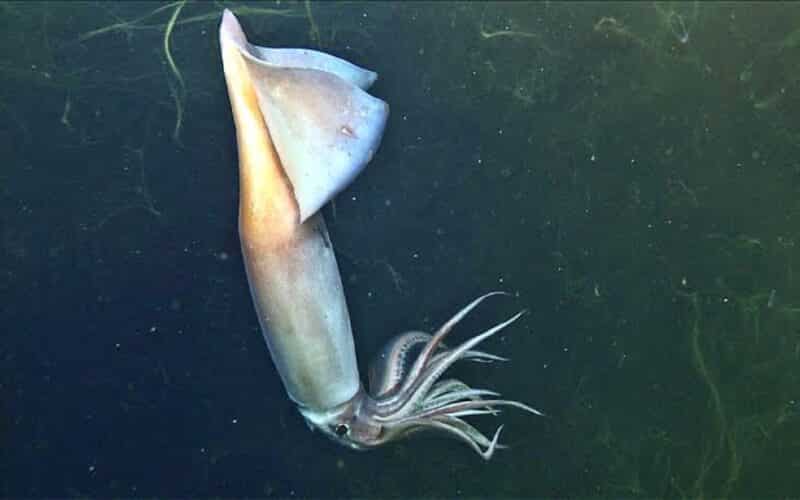
In the ocean’s depths, a battle of epic proportions unfolds between two mighty creatures: the giant squid and the sperm whale. These deep-sea duels capture the imagination and reveal these unique marine species’ incredible power and adaptability. As they clash in a fierce struggle for survival, these encounters offer a glimpse into the mysterious and awe-inspiring world of the deep sea.
If you enjoyed this article, check out the related article below!
Next up: Explore Texas’s American Alligator, Heron Outmaneuvers An Alligator, Meet Florida’s Alligator Population, and Whale Swallows Two Kayakers off California Coast.
- Watch Starfish Walking on the Beach - April 24, 2024
- Watch Bison Stampede Around Bus in Yellowstone - April 24, 2024
- How to Survive a Tiger Attack - April 23, 2024

